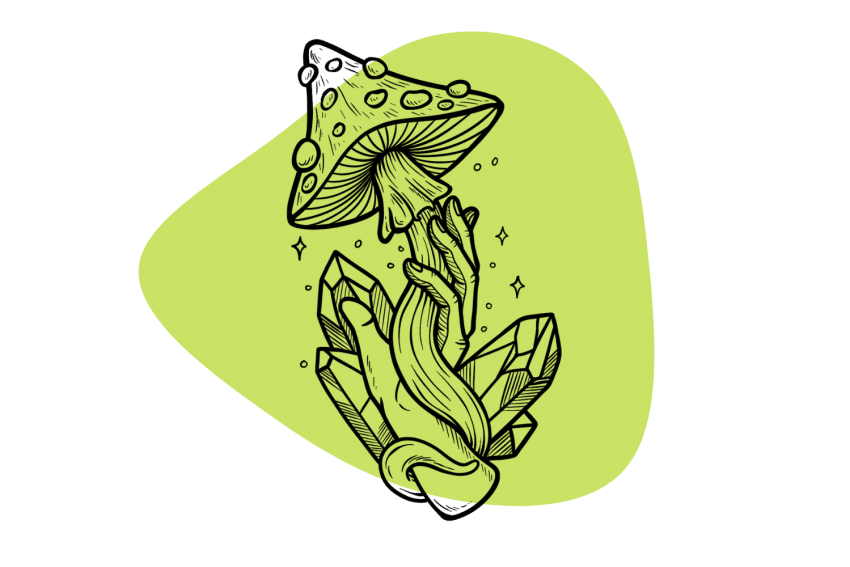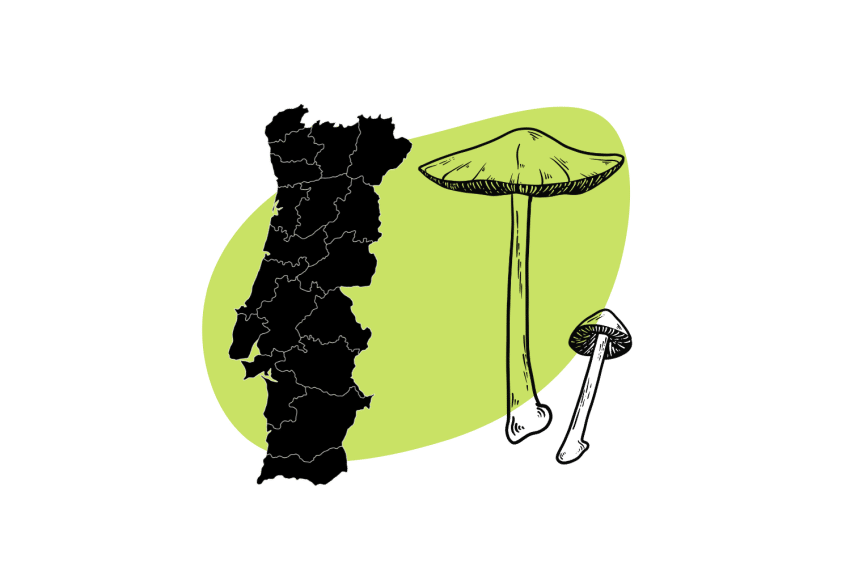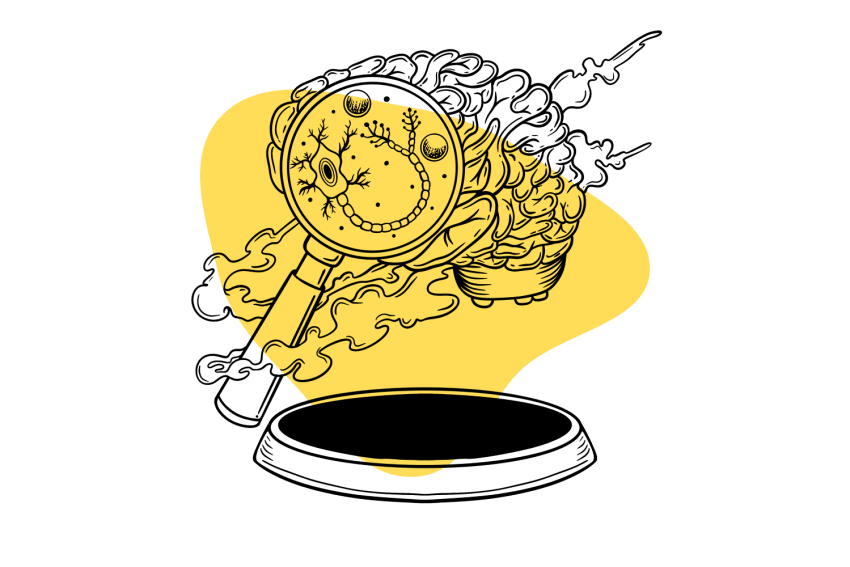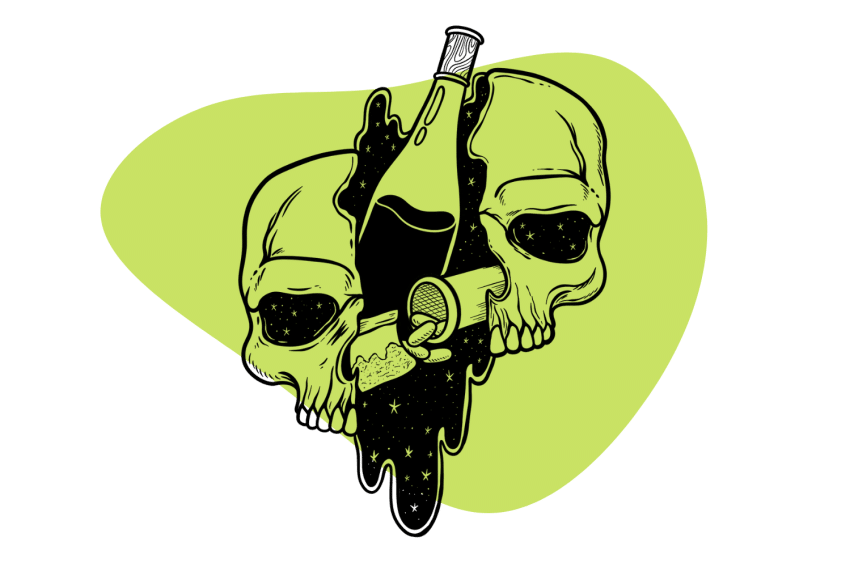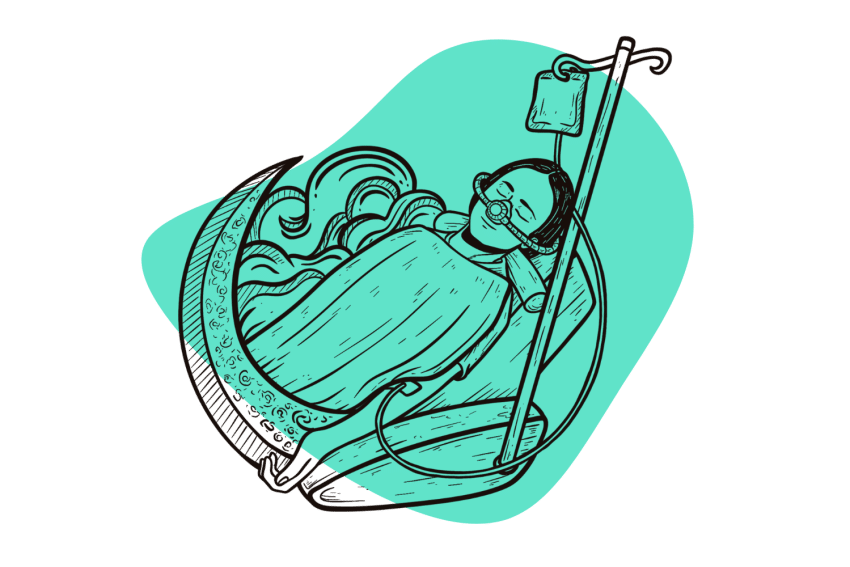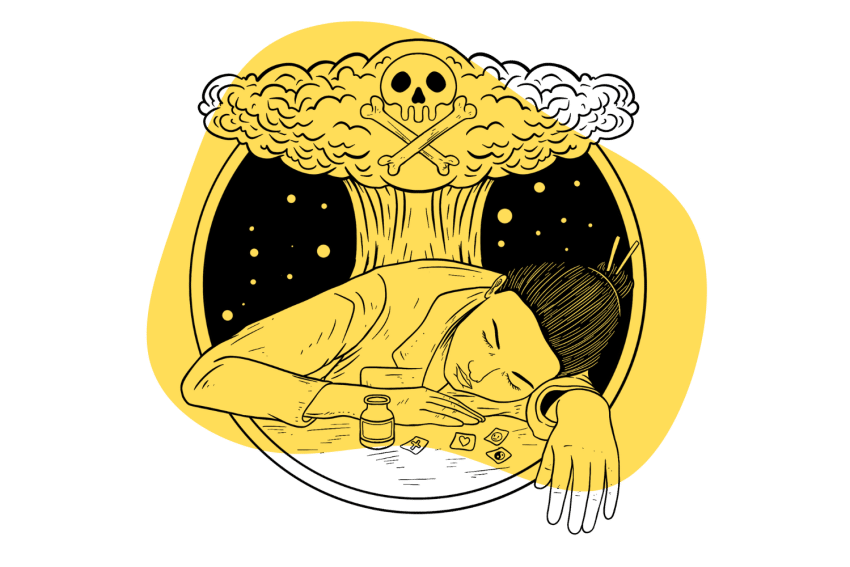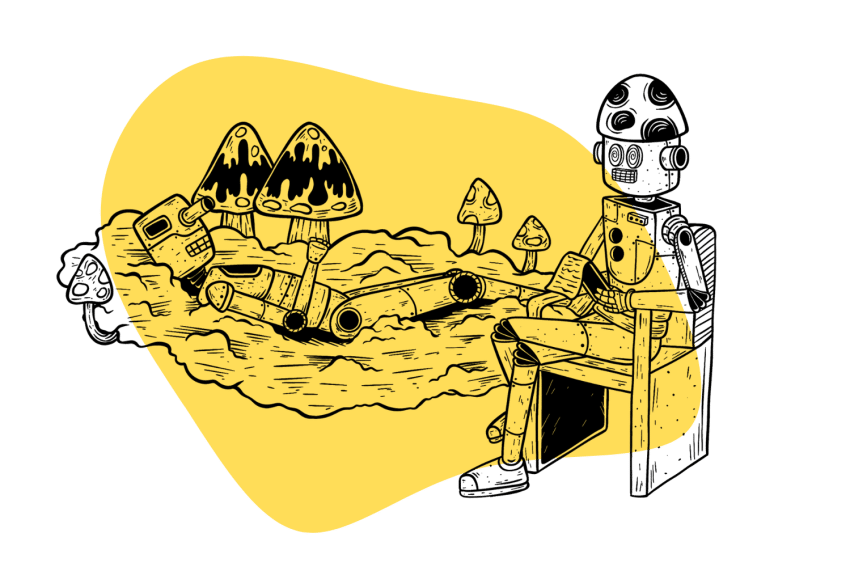What is Psychedelic-Assisted Psychotherapy?
We’re on the verge of a major breakthrough in psychotherapy — and it’s riding on psychedelics.
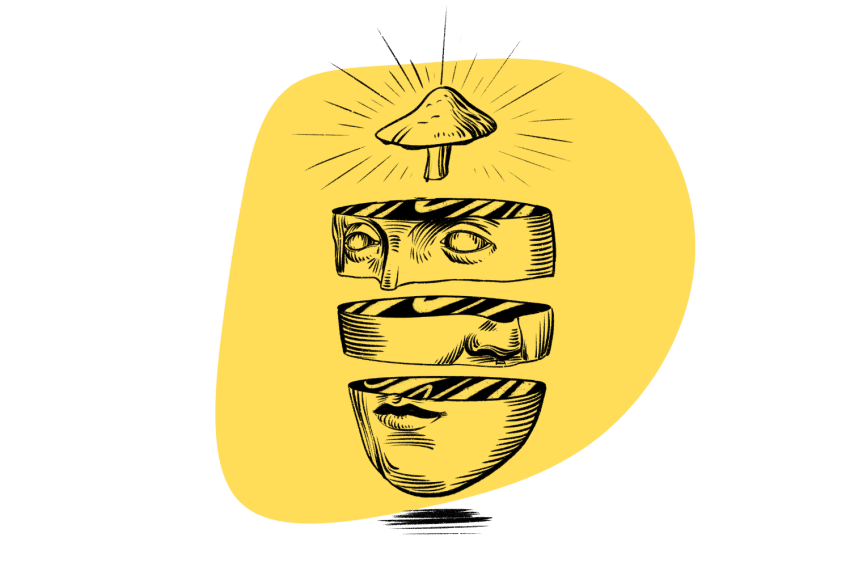
Psilocybin, MDMA, ketamine, and ibogaine are already being used in a clinical setting to help patients with anxiety, depression, addiction, and more.
Here, we’ll explore the role of psychedelic substances in professional psychotherapy.
We’ll cover how it works, what to expect for your first session, and what steps you can take if you’re interested in becoming a psychedelic facilitator yourself.
We’ll also cover the differences between psychedelic-assisted psychotherapy and psychedelic coaching.
What is Psychedelic-Assisted Psychotherapy (PAP)?
Psychedelic-assisted therapy is a technique that incorporates psychedelic substances such as LSD, MDMA, ketamine, psilocybin, or other compounds as a part of the therapeutic process.
Currently, the most widely-accepted substances for PAP are ketamine for managing depression and addiction and psilocybin for existential anxiety, depression, and addiction.
MDMA is on its way to becoming approved for use in the treatment of PTSD and couples therapy in the near future as well.
Psychedelic substances temporarily alter our conscious experience. When combined with proper psychotherapy, mediation, and integration, these substances can provide deeply meaningful and life-altering experiences. These states lead to lasting changes in behavior, a sense of meaning and purpose, and outlook on life.
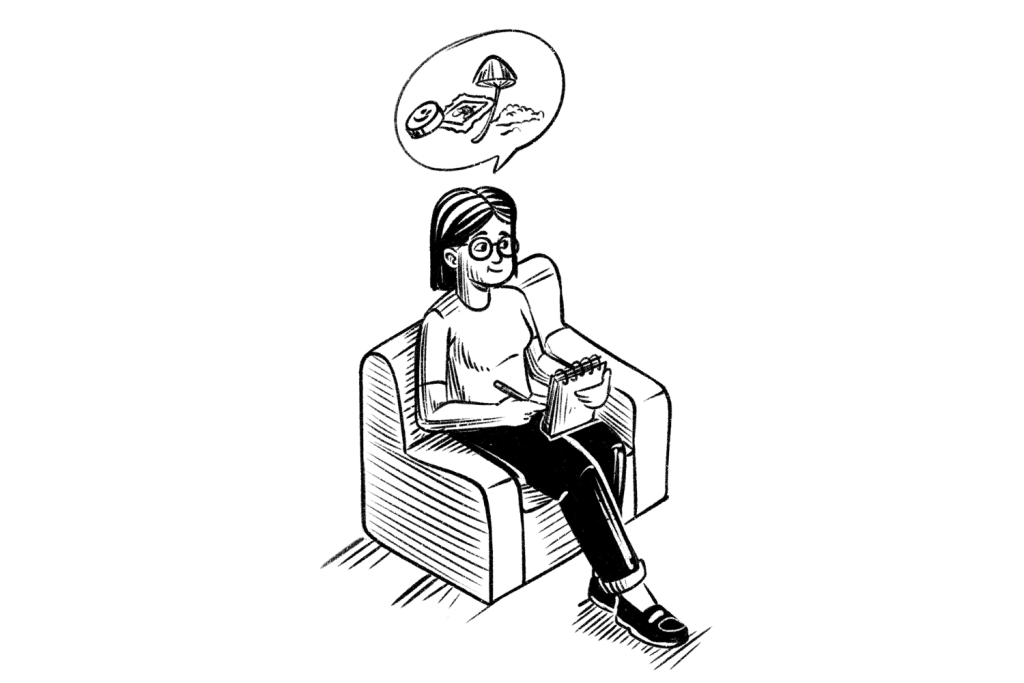
There’s been a lot of research coming out in this space over the past couple of years — largely led by non-profit organizations like MAPS (Multidisciplinary Association for Psychedelic Studies) and Compass Pathways, or university programs like John Hopkins’ Center for Psychedelic and Consciousness.
Studies support the idea that PAP is more effective and has faster outcomes for certain mental health disorders than currently available treatments — including conditions deemed “treatment-resistant” [2].
Psychedelic Therapist vs. Psychedelic Facilitator: What’s The Difference?
There’s a distinction to make between a psychedelic facilitator and a psychedelic therapist.
A psychedelic facilitator is someone who isn’t necessarily formally trained in psychotherapy who helps people on their psychedelic journey. They can’t legally treat any illnesses or provide psychotherapy — but act as both a trip sitter during the experience and a coach or guide afterward to assist with the psychedelic integration process.
A psychedelic therapist is a psychotherapist who has undergone additional training and approval from local regulators to use certain psychoactive substances for the purposes of providing treatment for specific mental health disorders.
The Importance of Integration
A lot of the media attention on psychedelics focuses on the substance itself — and of course, the psychedelics are an integral part of the experience. But this isn’t the whole picture. It’s the days, weeks, and months after the experience that really illicit the lasting changes in your life.
This is what we call psychedelic integration — it’s the mental processing done after the trip and time spent incorporating the lessons you’ve learned into your daily life.
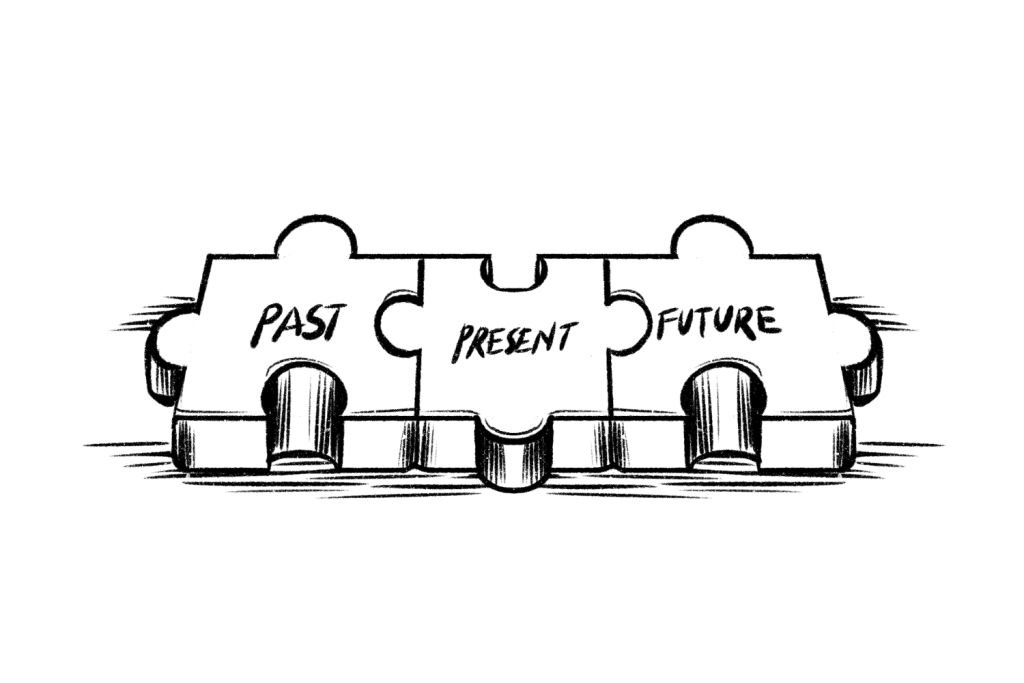
There are companies popping up that offer online integration and trip sitting as a service — such as Mindleap — which is an app that connects you with a psychedelic facilitator to coach you after your experience.
Related: 100 Shadow Work Journal Prompts To Use For Self-Discovery.
How Psychedelic Therapy Works: What To Expect
A psychedelic therapy session can vary depending on the practitioner and the substance being used.
Usually, the process starts with a few drug-free sessions first, as well as several drug-free sessions afterward to help integrate the experience.
Sometimes the psychedelic experience is repeated two or more times. For psychedelics like psilocybin or LSD, most people only need one or two sessions to elicit lasting changes in mood, mindset, and outcome in life. Other substances require more, such as ketamine which can take up to 12 sessions.
Here are the current guidelines for psychedelic therapies [1]:
- Health prescreen to search for underlying health issues that would contraindicate using psychedelics
- Set & setting are carefully designed to create a sense of comfort & safety
- Instrumental evocative music is usually played in the background
- Patients start out wearing eyeshades to promote introspection & limit outside influence
- Patients are encouraged to remain introspective and open to feelings that may arise
- Psychotherapy should remain available to engage at any moment
- If the patient needs to use the bathroom, the practitioner or another staff member should accompany them
- Follow-up treatments involving non-drug sessions are important, usually starting the following day
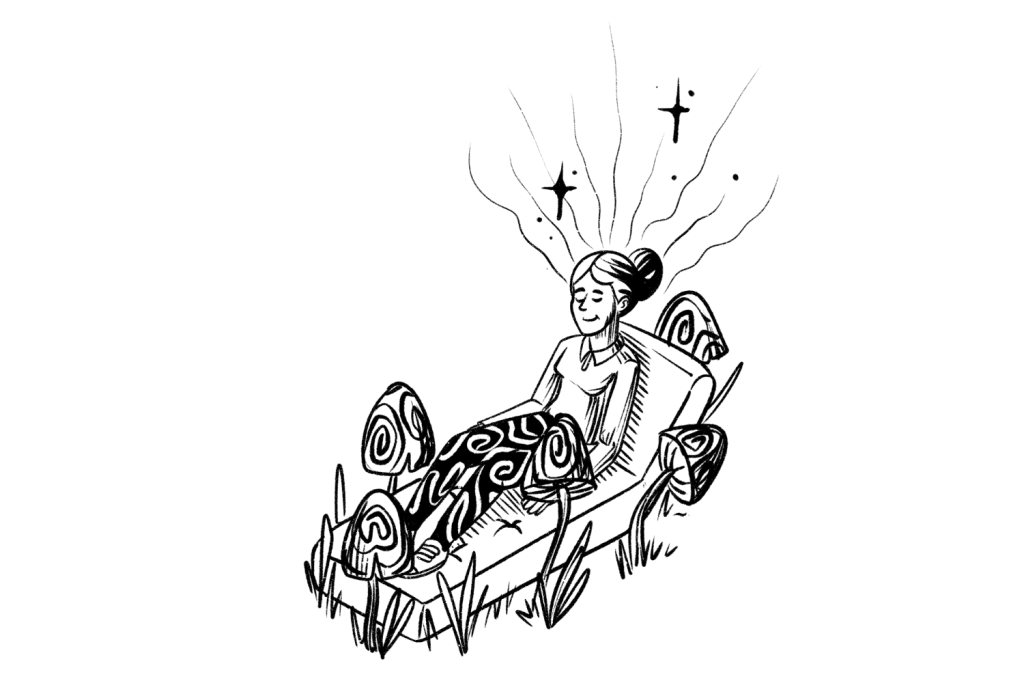
Online Psychedelic-Assisted Therapy
The pandemic has forced a lot of these sessions to move online. This has several benefits aside from social distancing. It helps the patient remain in an environment that’s comfortable, familiar, and safe (their home), which many practitioners suggest can even help the therapeutic process.
It’s very likely there will always be a market for online sessions.
These sessions usually work by first setting up a preparation session that involves no substance. When the practitioner and patient are both ready to commence the treatment, a dose is mailed directly to the patient’s house. The patient is then instructed to take the dose during a virtual meeting and is coached or talked through the initial stages of the trip.
Follow-up treatments are employed after the fact to integrate the experience.
Types of Psychedelic Therapies
There are many different psychedelic substances that can be of use in the therapeutic process. The most common substances are ketamine, psilocybin, MDMA, and LSD.
Outside of formal psychedelic therapy, other entheogenic substances are often administered by traditional shamans and healers at retreat centers. These groups often use natural substances such as ayahuasca, magic mushrooms, ibogaine, peyote, san pedro, or bufo toad venom.
Let’s cover the different substances commonly used for psychedelic-assisted psychotherapy:
MDMA-Assisted Therapy
| Therapy Model | Formal Therapy |
| Estimated Cost | Not Available Yet ($10,000 Projected) |
| Number of Sessions Expected | 1–3 Sessions |
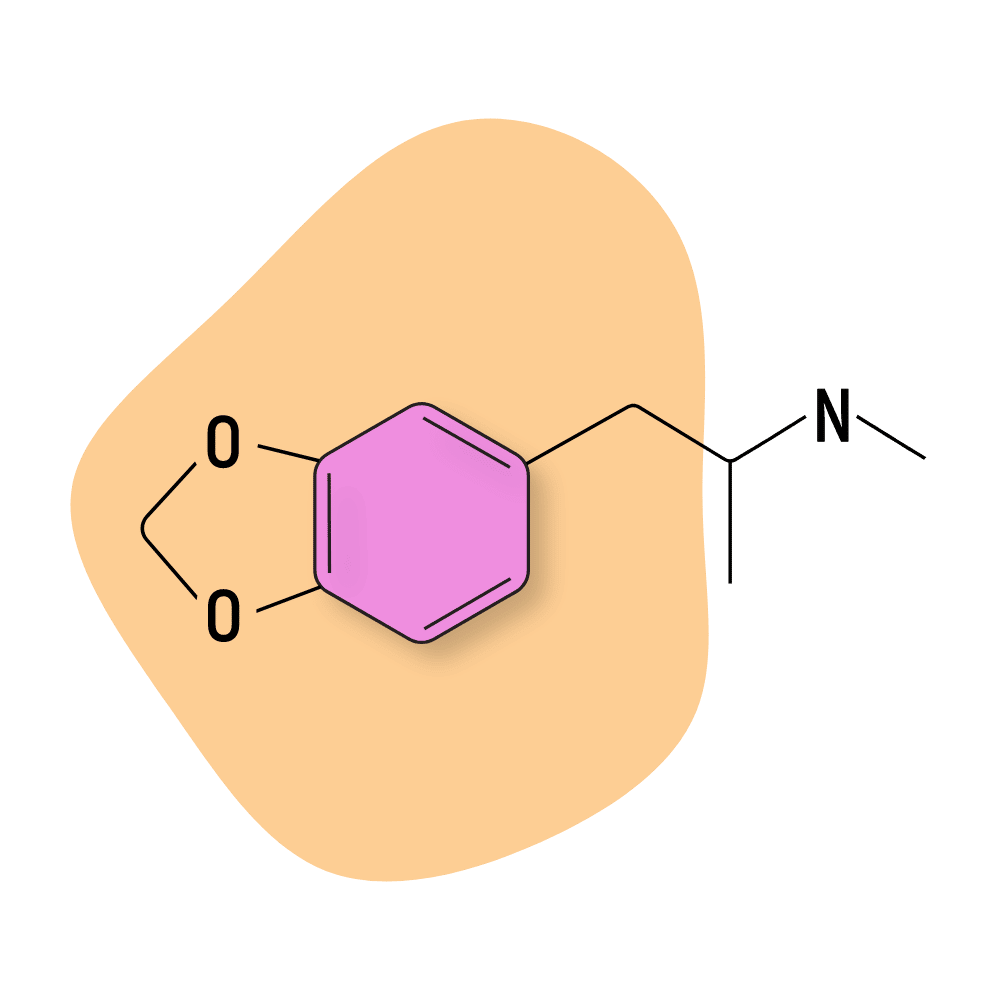
MDMA has a long and complicated history in the world of psychotherapy. It was common practice in the 70s and 80s to use MDMA to improve the patient-therapist relationship and remove inhibitions that may be interfering with the therapeutic process.
This substance was later banned in the 1980s — effectively shutting down the practice of MDMA-assisted therapy for several decades.
Recently, there’s been a push towards integrating this medicine back into the clinic. The non-profit psychedelic research organization — MAPS — has been the major driving force behind this change. MAPS recently submitted a protocol for training and applying for the use of MDMA for licensed health clinics. The protocol is currently awaiting approval from the FDA.
MAPS has led several phase I, II, and III clinical trials involving MDMA to date. Some of this research has led the FDA to announce MDMA as a “breakthrough therapy” for treating post-traumatic stress disorder.
It’s very likely that MDMA will re-emerge in psychotherapy clinics for the use of PTSD, anxiety, trauma, and in couples therapy by the end of 2021.
Ketamine-Assisted Therapy
| Therapy Model | Formal Therapy & Virtual Therapy |
| Estimated Cost | $250–$1000 per session |
| Number of Sessions Expected | 1–12 sessions |
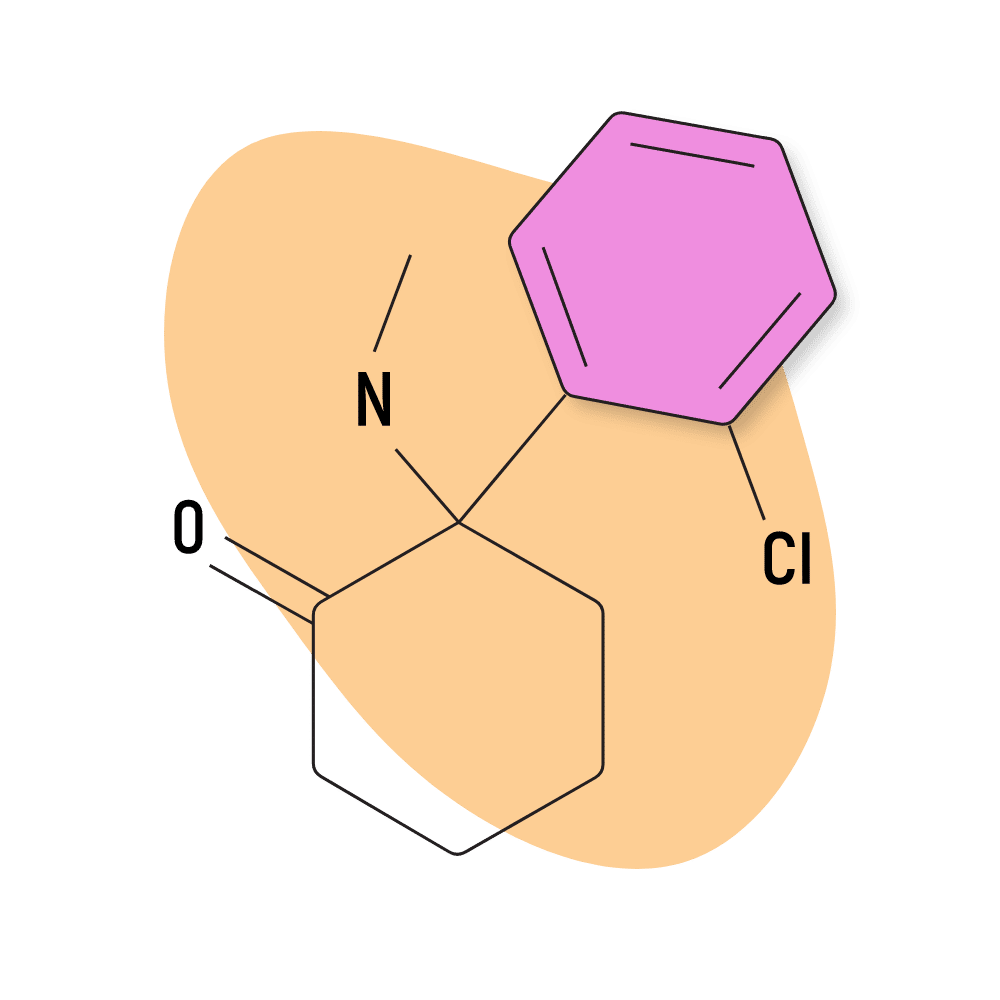
Ketamine-assisted therapy is currently the most well-accepted form of psychedelic therapy in the developed world. There’s been well over 70 phase II clinical trials involving the substance for psychiatric disorders to date and several phase II clinical trials for managing depression.
Studies have also been done exploring the effects of ketamine for obsessive-compulsive disorder, suicide, alcohol, and cocaine abuse disorders, PTSD, and much more.
There are dozens of ketamine clinics in the United States today offering IV injections of ketamine. This treatment is primarily centered around the treatment of depression.
Ketamine has been shown to induce a neuroplastic state in the brain — but the effects only last about a week. The important work comes from the integration after the treatment to take advantage of that neuroplastic state and establish new, healthy habits to help get out of a slump or break the cycle of addiction.
There are a few clinics that will hook you up to a ketamine IV, sit you behind a curtain, wait until your time is up and send you one your way to await the next treatment.
Avoid clinics like this at all costs.
Effective ketamine therapy involves multiple sessions both with and without the ketamine. There should always be a strong focus on integration after the session.
Some clinics operate online — such as MindBloom. This model works by sending a ketamine lozenge to use at home and organizes online sessions with licensed psychiatrists to provide integration and other forms of talk therapy before, during, and after taking a dose of ketamine.
Other clinics rely on in-person treatments, such as Field Trip Health, which has locations in Toronto, Amsterdam, New York, Los Angeles, Chicago, and Atlanta.
Psilocybin-Assisted Therapy
| Therapy Model | Formal Therapy & Informal Facilitation |
| Estimated Cost | $200–1000 per session |
| Number of Sessions Expected | 1–2 Sessions |
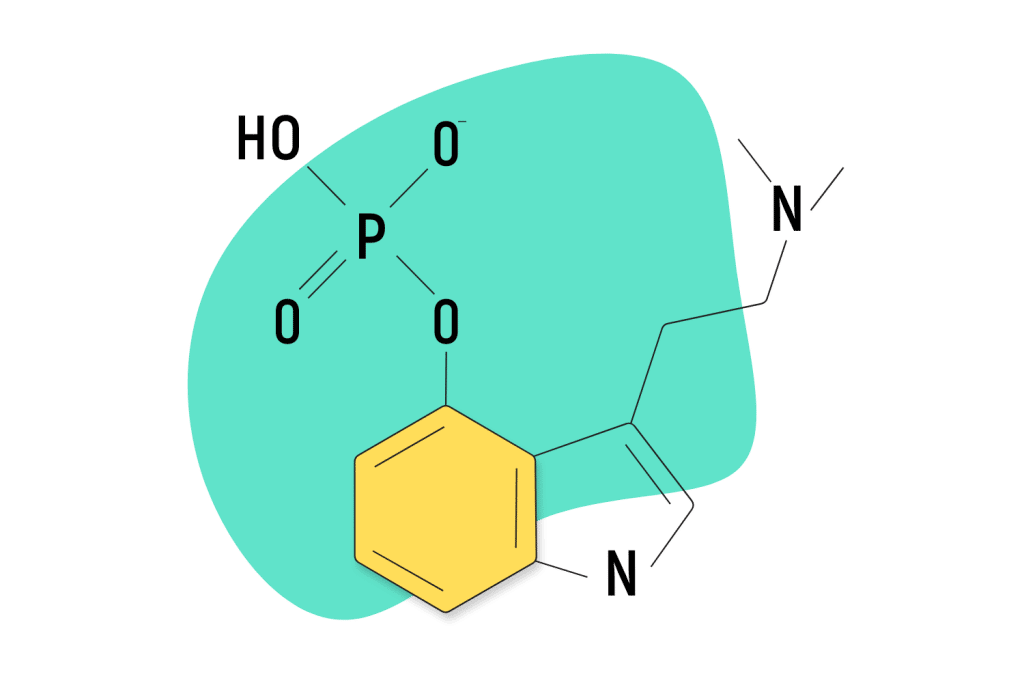
Psilocybin is the third most studied psychedelic substance for clinical applications. It’s been studied for use with major depression, cigarette, alcohol, and cocaine use disorders, cluster headaches, obsessive-compulsive disorder, and existential anxiety.
A company called Compass Pathways is currently leading the charge of bringing psilocybin-assisted therapy back into the medical system.
Compass Pathways started out as a not-for-profit with the goal of setting up psychedelic hospices but has since pivoted to a for-profit company after receiving funding from a variety of venture capital funds, including the likes of Peter Thiel. While the motives of this company aren’t always pure (they’re trying to patent psilocybin and several aspects of the experience they didn’t invent), they’ve made a lot of progress in giving access to licensed health practitioners to this useful chemical.
There are lots of other companies in this space working to move the needle as well — including Usona, John Hopkins University, and MAPS.
Psilocybin-assisted therapy is already legal in the state of Oregon, as well as Canada. Check out the ATMA Journey Center currently operating in Calgary, Alberta. These clinics currently offer treatments for patients going through end-of-life care at a hospice or other care facility.
LSD-Assisted Therapy
| Therapy Model | Formal Therapy & Informal Facilitation |
| Estimated Cost | $250–$1000 per session |
| Number of Sessions Expected | 1–2 Sessions |
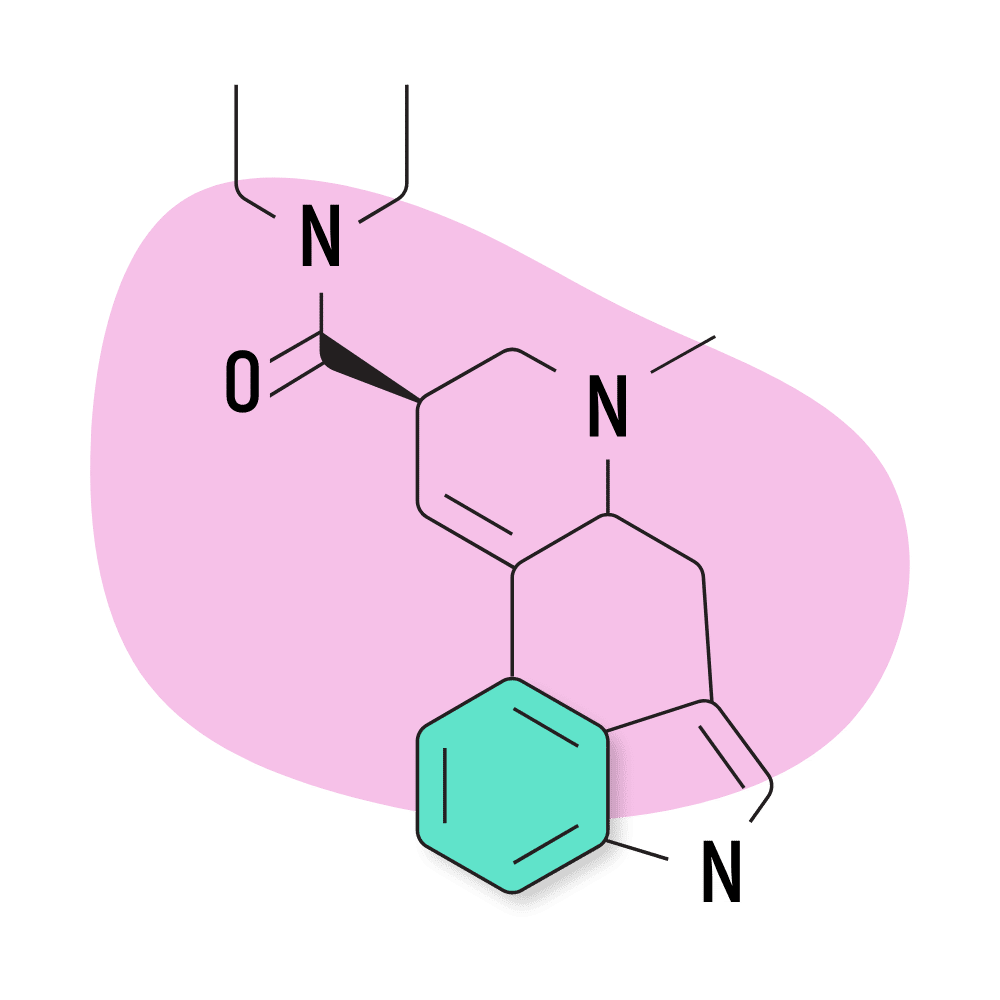
LSD (lysergic acid diethylamide) was used in psychotherapy briefly in the 1960s before it was promptly banned by the federal government. The benefits of LSD therapy have a lot of overlap with psilocybin for managing addiction, existential anxiety, depression, and PTSD.
There’s a push to bring LSD back into the clinic, led by groups like MAPS and Mind Med, but these changes are much further down the pipeline than other psychedelic substances. It’s likely going to be a year or longer before LSD makes a reappearance into the clinic.
Mind Med is currently conducting a clinical trial on the effects of microdosing LSD for the treatment of ADHD.
Ibogaine-Assisted Therapy
| Therapy Model | Formal Therapy & Informal Facilitation |
| Estimated Cost | $200–$2000 per session |
| Number of Sessions Expected | 1–5 sessions |
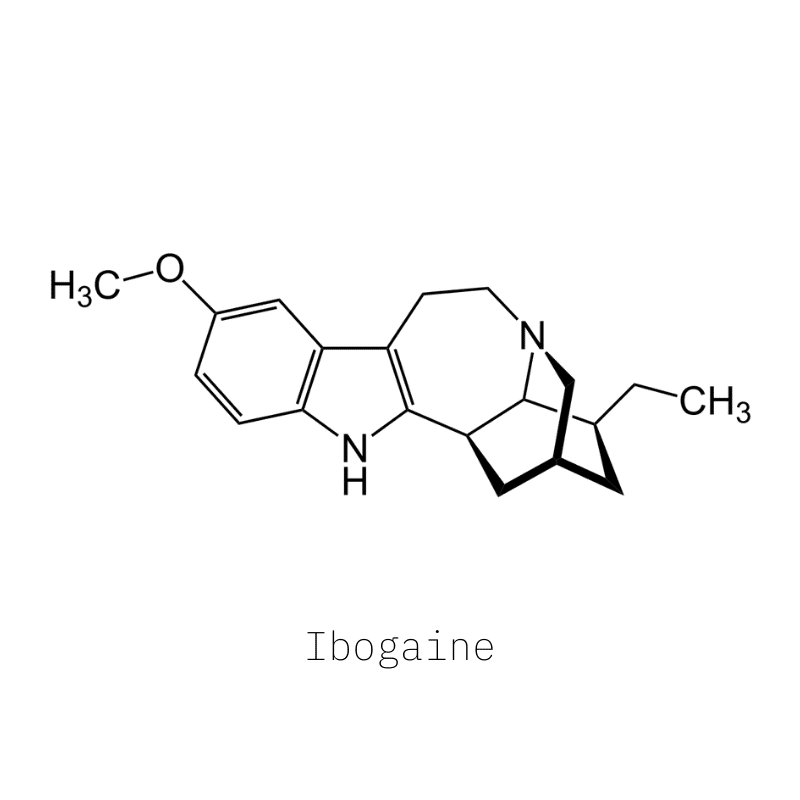
Ibogaine is an alkaloid derived from a variety of African plant species — primarily Tabernanthe iboga. It’s used primarily for the treatment of addiction and abuse disorders.
This plant was very popular in the late 80s, and there was a big push to conduct more research on the effects of the plant during this time. Unfortunately, safety concerns around cardiovascular risks while using this substance forced the National Institute on Drug Abuse (NIDA) to cancel its efforts to bring this substance to medical clinics in the 1990s. There were several reports of people suffering heart attacks while under the effects of ibogaine.
More recently, a company called Mindmed is working to develop a new form of ibogaine that doesn’t bring this high level of cardiovascular risk. The compound they’ve been developing is called 18-MC. It’s non-psychoactive and non-toxic, but preliminary research suggests it offers the same level of benefits towards treating addiction disorders.
This begs the question — ”is the mystical experience a necessary part of the healing process from psychedelics, or not?”
This is one of the biggest questions researchers, psychologists, psychonauts, and philosophers are still trying to understand in the psychedelic medicine space.
Ibogaine is still at least a year away from making an entrance in the clinical setting.
Entheogenic Retreats & Traditional Healing Ceremonies
Entheogen is a term that refers to hallucinogenic plants and fungi that are used for the purpose of inducing a mystical experience. There’s a big spiritual component with these substances, which usually only include living plant, animal, or fungi extracts. Not all psychedelics are considered entheogens.
These substances come with a long history of traditional use and are used to provide a similar outcome as more modern psychotherapy-centered psychedelic therapy, but with a stronger focus on the mystical and spiritual use of these substances rather than protocol-based psychotherapy.

There are a lot of retreat centers and psychedelic facilitators employing the use of psychedelics as a means of inducing a “religious” experience. The practitioners of psychedelic facilitation come from many different backgrounds and experiences.
For example, a traditional ayahuasquero or shaman trains for 30 or 40 years before being allowed to use the medicine. Instead of studying the plant’s chemistry, they explore the mystical side of the plant and obtain dosage information from the plant itself.
Ayahuasca Retreats
Ayahuasca is a psychedelic mixture of two Amazonian plants — the ayahuasca vine and chacruna (Psychotria viridis). Sometimes other species are used in place of chacruna, such as Mimosa spp.
This traditional plant medicine produces intense visions and out-of-body experiences that can last several hours. The active ingredients in the brew are N,N,DMT, and various harmala alkaloids.
Ayahuasca is a powerful plant medicine when used in the right context and with the right integration. The best way to use this medicine is to visit a traditional retreat center somewhere in the Amazon rainforest led by a trained shaman (AKA ayahuasquero).
Bufo Toad Ceremonies
The bufo toad (Bufo alvarius) or “Sonoran Desert Toad” is a species of toad that secretes a high concentration of the powerful psychedelic 5-MeO-DMT through pores on its back.
The secretions are either smoked or ingested orally to produce intense visions and out-of-body experiences. The experience is a very high celerity — meaning it comes on very quickly, but finishes just as fast.
Within seconds of ingesting bufo toad venom, you’re blasted off into a completely different dimension. Most people who use partake in a bufo toad ceremony report this substance as being one of the most profound experiences in their life.
Just as quickly as it starts, the effects come to an end. The whole trip can last anywhere from 15 to 45 minutes. Usually, the effects have worn off completely by about 30 minutes.
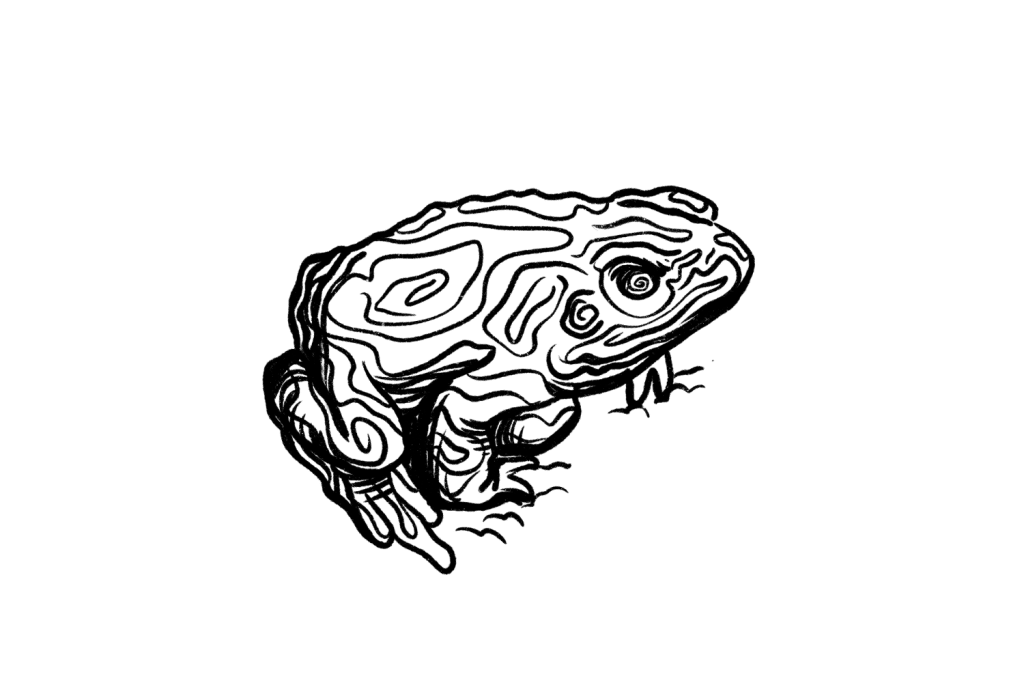
A bufo toad ceremony involves a situation similar to ayahuasca — everyone sits in a circle with a shaman in the middle. Unlike ayahuasca, only one person takes the medicine at a time as it moves around the circle. The shaman remains closeby to guide the explorer through their visions.
Most of these centers operate on a multi-day experience, spending a few days leading up to preparation for the ceremony, and a few days after to help with integration.
Many centers are using synthetic forms of 5-MeO-DMT these days due to issues with wild populations of bufo toads. The synthetic form feels the same as the natural form but is much less damaging to the environment.
Related: Colorado I-58 Paves the Way for Magic Mushroom Healing Centers.
How to Find Psychedelic-Assisted Therapy Near You
You should always have a meet and greet with your practitioner to see whether they will be a good match for you. As time goes on and more people and government agencies warm up to the benefits of psychedelics, the choices are only going to increase.
Here are some tips for finding a psychedelic facilitator or psychotherapist near you.

1. Finding a Psychedelic Therapist Near You
A psychedelic therapist is a licensed health practitioner with formal academic training in psychology or western medicine. Visiting a psychedelic therapist can involve online sessions with a doctor or visits to a clinic.
Currently, there are only a few registered psychedelic therapists to choose from. Companies like Field Trip, Synthesis, and Mindbloom are leaders in this space. This industry is rapidly evolving, and there are new clinics opening up every month.
→ Check out our list of psychedelic-assisted psychotherapists & clinics
2. Finding a Psychedelic Coach or Facilitator Near You
A psychedelic coach, aka psychedelic facilitator or integration specialist, is not a licensed health practitioner but has training in the use of psychedelics as therapy. They can guide you through the entire process of using psychedelics, from preparation to integration.
This modality is unregulated — which means there’s nothing stopping someone from deeming themselves a practitioner despite little to no formal training or experience. Until these substances become legal, we’re going to continue to have this issue. It’s important to vet your coach before you decide to use them.
A facilitator can be extremely useful in the healing process, and there are many excellent coaches and facilitators out there.
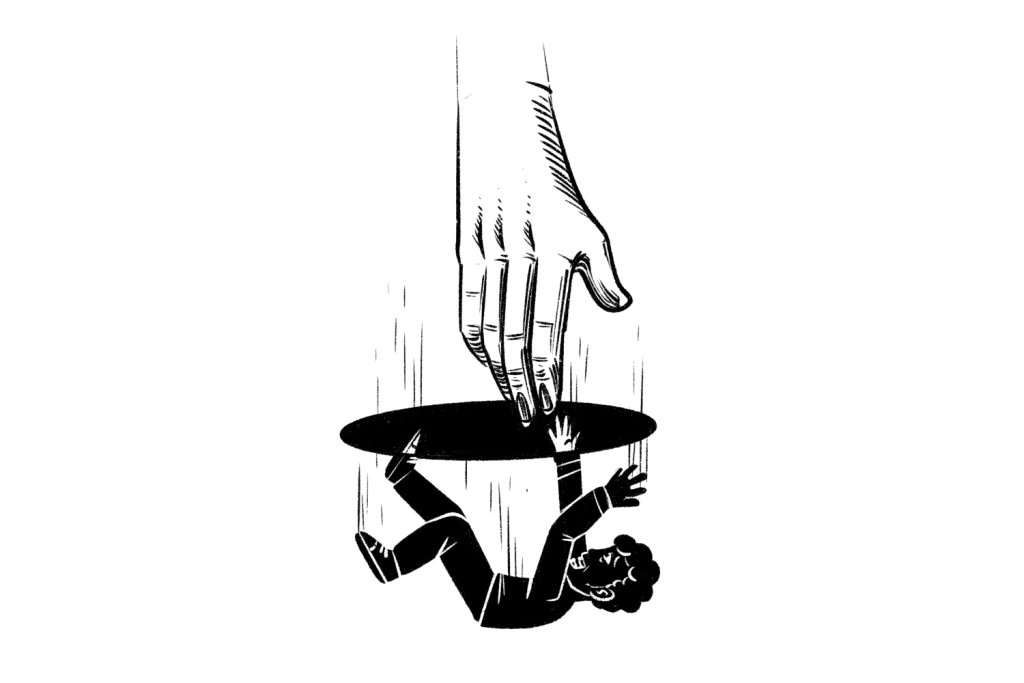
Making matters even more complicated, a coach that may be a great fit for one person may not mesh well with another. It’s important that you’re able to form a connection with the coach for the process to be as effective as possible. You may need to “shop around” a little bit until you find someone you like and trust.
→ Check MAPS list of approved psychedelic coaches and integrators here
How to Evaluate a Psychedelic Coach
There are a few key qualities to look for when vetting a potential psychedelic coach.
You should always have a meet and greet before starting to get a feel for the practitioner and to see whether they’re going to be a good match for you or not.
A good coach should have a high capacity for empathy, strong spiritual awareness, strong knowledge about psychedelics, and an ability to inspire trust.
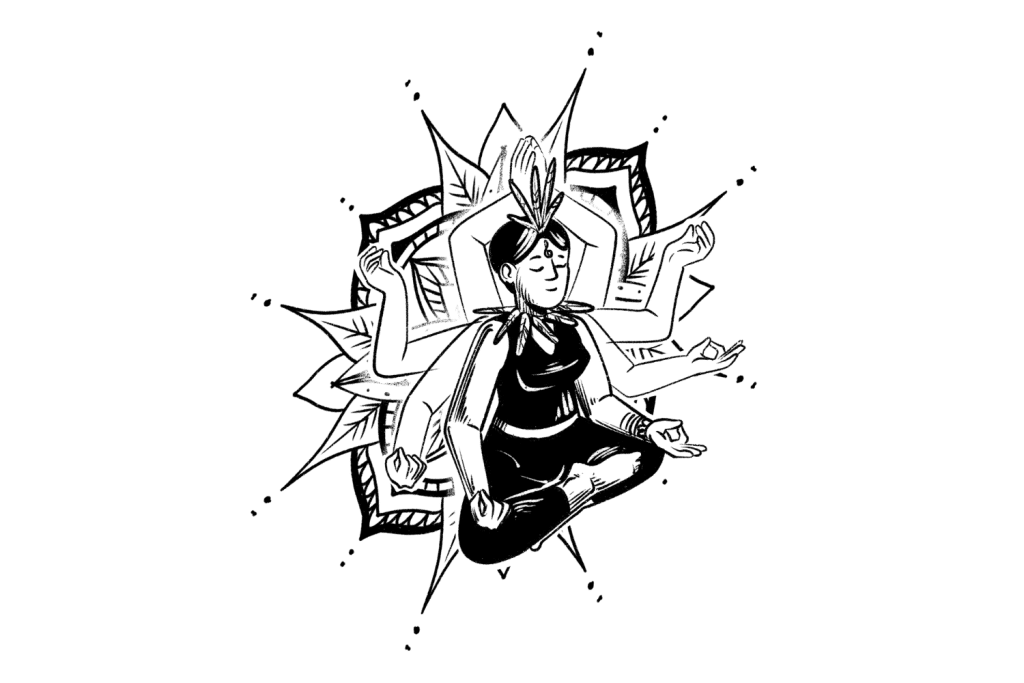
If you get a “bad vibe” from a practitioner, look elsewhere. Not every practitioner is suitable for everybody, and it’s integral that you find someone that can work well with you.
3. Finding an Entheogenic Retreat Center Near You
A retreat center or traditional healing ceremony works a little differently than the above modalities. They rely on longstanding traditional protocols to administer entheogenic plants and fungi for the purpose of spiritual healing.
Retreat centers are usually located in areas where the medicine was used historically, such as the Amazon rainforest for plant medicines like ayahuasca, in Mexico for the psychedelic bufo toad, or peyote ceremonies. You’ll likely have to travel in order to visit one of these retreats.
These centers usually employ a variety of different healing modalities to support the use of entheogens, such as yoga, nutritional medicine, herbalism, energy work, holotropic breathing, meditation, kambo frog medicine, or other traditional healing techniques.
→ List of entheogenic retreat centers
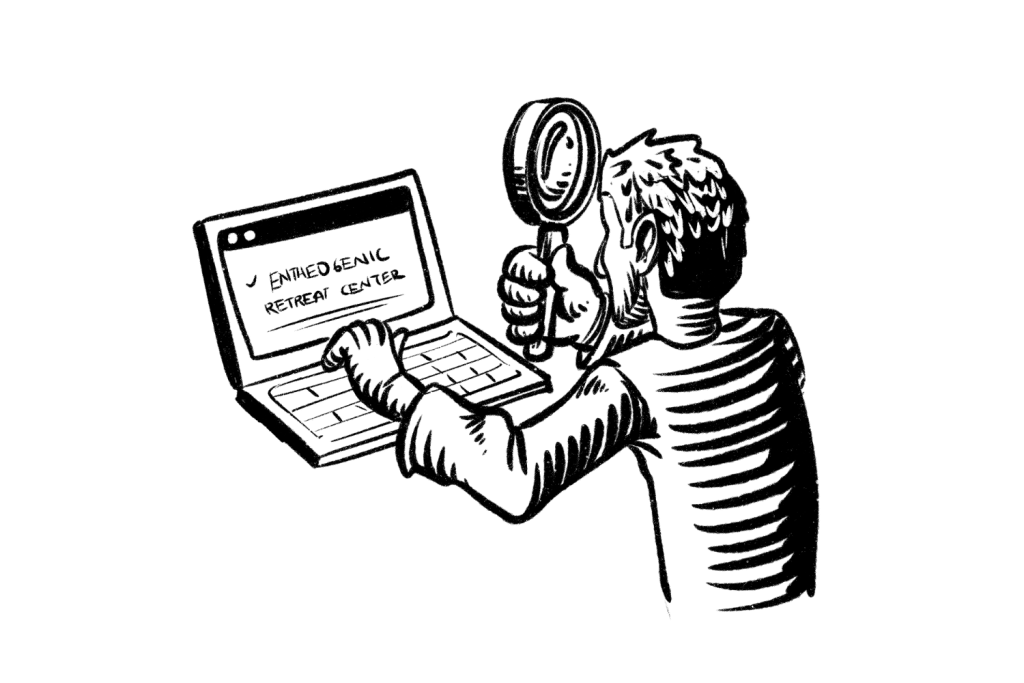
How to Become a Psychedelic Facilitator
There are two paths to becoming a psychedelic therapist, facilitator, or coach. There’s the formal academic route (psychedelic-assisted psychotherapy) and the informal route (psychedelic facilitators and coaches).
1. Formal Route: Psychedelic Therapist
This path involves first becoming a licensed psychologist, therapist, naturopathic doctor, nurse practitioner, or physician.
From here, you can apply to an accredited certification program, such as the Certificate Program in Psychedelic-Assisted Therapies & Research offered by the California Institute of Integral Studies. This program is the premier academic path for psychedelic therapy.
This program has strict eligibility criteria:
- Marriage and Family Therapists (LMFT)
- Clinical Social Workers (LCSW)
- Professional Clinical Counselors (LPCC/LPC)
- Naturopathic Doctors (ND)
- Clinical and Counseling Psychologists (Ph.D./PsyD)
- Physicians and Psychiatrists (MD/DO)
- Physician Assistants (PA)
- Traditional Chinese Medicine practitioners (TCM with MA/MS)
- Registered Nurses (BSN or higher)
- Nurse Practitioners (NP with MS)
- Certified Nurse-Midwives (CNM with MS)
- Ordained Clergy and Commissioned Chaplains (with M.Div. and four units of CPE)
- Attorneys in counseling specialties (JD)
- Advanced Alcohol and Drug Counselors (LAADC with MA)
- Physical Therapists (PT with MA)
- Occupational Therapists (OT with MA/MS)
This program involves six-weekend intensives and a 5-day in-person retreat.
There are other programs as well, such as the Synthesis Institute 12-month training program, a 120-hour program by Fluence, the Ketamine-Assisted Therapy Course from Psychedelic Support, or psilocybin-specific training offered by Compass Pathways.
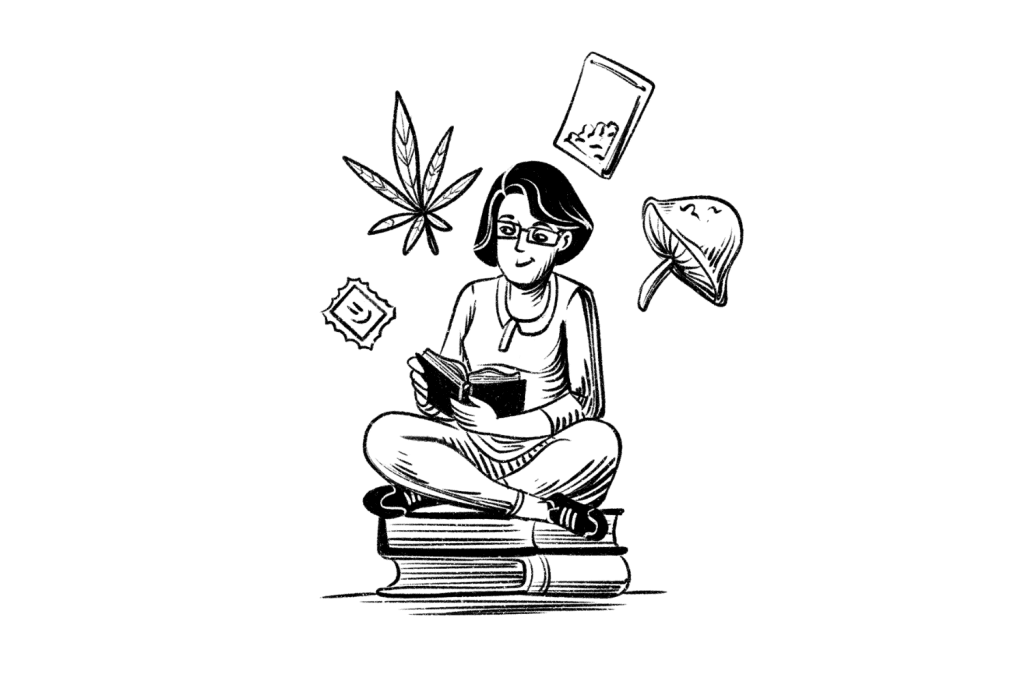
Once you’ve completed a certificate program for using psychedelic medicines, you can apply for expanded access to begin incorporating psychedelics into your clinic.
At the moment, the only psychedelics that have been approved in the United States and Canada are psilocybin and ketamine. MDMA is very likely to be approved for expanded access by the end of 2021, and LSD, ayahuasca, and ibogaine are in the pipelines as well.
2. Informal Route: Psychedelic Facilitator or Coach
Unlike a psychedelic therapist, a psychedelic coach may or may not be a licensed medical practitioner. As a result, coaches are not allowed to treat any specific illness and can’t gain approval from regulators to incorporate psychedelic medicines into their practice.
However, formal education isn’t necessary to be able to provide the necessary support to the psychedelic explorer as they engage on their journey. There are dozens of unofficial training programs available to train coaches and facilitators about how to effectively guide people undertaking psychedelic experiences.
A trip sitter is responsible for maintaining the set and setting, keeping an eye on the psychedelic journeyer to protect them from physical harm and serve as an interface with the external world. They are not there to guide or coach the explorer.
A coach is the next step up. They’ve received more education on the role of the psychedelic guide and can offer more in-depth support throughout all stages of the process. This includes the preparation stage prior to the psychedelic experience, during the experience, and afterward as the explorer works to integrate the experience into their life.
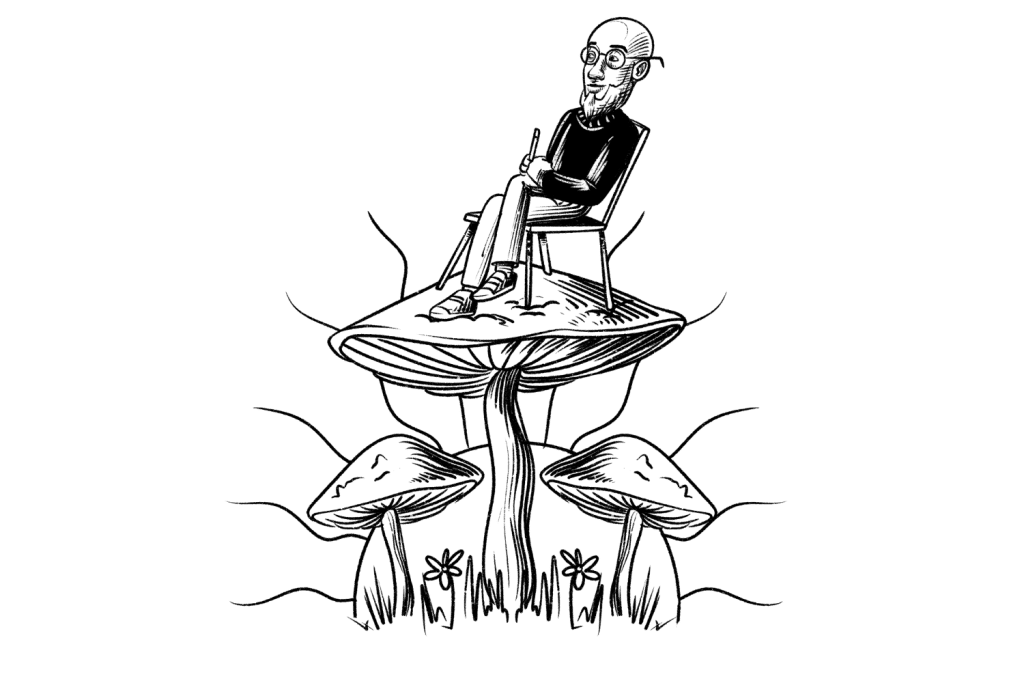
Many people who get into psychedelic coaching have a background in other healing modalities, including conventional therapies like counseling or naturopathy or more traditional modalities such as herbalism, reiki, kambo, or art therapy.
Training in other modalities is not a requirement, but it is important to have experience using psychedelics and an ability to empathize and connect with others.
Coaches often choose to specialize in a particular type of psychedelics, such as magic mushrooms, LSD, mescaline, or microdosing.
Some coaches do purely the integration part of the experience; others provide support throughout the entire process. It’s really up to the practitioner and what they’re most comfortable with.
Here are some of the best in-person and online training programs to becoming a psychedelic coach or facilitator:
- Psychedelic Support — Foundations in MDMA Safety, Therapeutic Applications & Research (CE Credit Available)
- Psychedelic Support — Understanding Psilocybin: Effects, Neurobiology, and Therapeutic Approaches (CE Credit Available)
- Aya Healing Retreats — Trauma-Informed Plant Medicine Facilitation Online Training
- Being True To You — Online Transformational Coach Training focused on addiction recovery and psychedelic integration
Final Thoughts: The Future of Psychedelic Therapy
The world of psychedelics is booming right now.
While they’re still illegal in most parts of the world, there’s a lot of pressure mounting to prompt changes in the regulatory structure of these substances. As more research is published every year proving that many of these substances are not only safe but also offer a great deal of medicinal value when used in the right context and with effective integration.
Ketamine therapy is already widely available in the United States, Canada, and parts of Europe. MDMA-assisted therapy isn’t far behind and is on the brink of becoming a widespread practice in the United States within the next few months.
Psilocybin clinics are popping up one by one in places like Oregon and Canada, where the practice is legal, and there are numerous entheogenic retreat centers in places like Peru, Brazil, and Mexico.
As momentum continues to build behind the application of psychedelics for personal growth and development and mental health treatments, it’s looking more likely every year that psychedelics will soon be a standard part of the therapeutic practice.
This space is rapidly evolving. Stay up to date on changes in this industry by signing up for our newsletter below.
Subscribe To Get a Weekly Dose of Psychedelics In Your Inbox 🌈 🍄 💫 🧠
References
- Johnson, M. W., Richards, W. A., & Griffiths, R. R. (2008). Human hallucinogen research: guidelines for safety. Journal of psychopharmacology, 22(6), 603-620.
- Schenberg, E. E. (2018). Psychedelic-assisted psychotherapy: a paradigm shift in psychiatric research and development. Frontiers in pharmacology, 9, 733.

